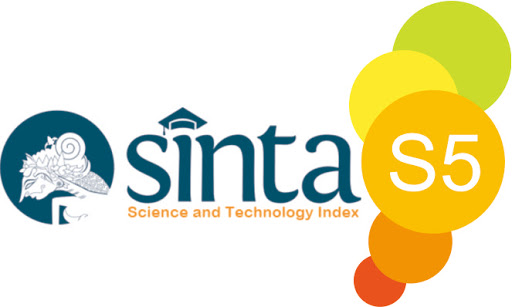PENGENDALIAN KUALITAS PLASTIC PART DENGAN METODE SIX SIGMA PADA PERUSAHAAN MANUFAKTUR
Kata Kunci:
Six Sigma, DMAIC (Define, Measure, Analyze, Improve, Control)Abstrak
Perusahaan manufaktur multinasional yang memproduksi komponen mesin kantor, seperti mesin fotokopi, mesin faksimili, printer, dan perlengkapan audio visual. Penelitian ini menggunakan metode Six Sigma untuk menganalisis dan mengendalikan kualitas pada proses produksi plastik part di Perusahaan Manufaktur Industry selama periode 2023-2024. Dari total produksi 629.000 unit, ditemukan 6.240 unit yang tidak memenuhi standar kualitas, atau sekitar 0,99% dari total produksi. Bulan November 2024 menunjukkan tingkat kecacatan tertinggi, dengan 55.000 unit diproduksi, di mana sebagian besar unit tersebut tidak sesuai dengan kualitas yang ditetapkan. Dengan penerapan Six Sigma, pengendalian kualitas difokuskan pada identifikasi penyebab utama kecacatan, seperti masalah pada material, proses produksi, dan pengendalian kualitas. Melalui pendekatan DMAIC (Define, Measure, Analyze, Improve, Control), diharapkan dapat mengurangi tingkat kecacatan, meningkatkan efisiensi operasional, menurunkan biaya produksi, serta meningkatkan kepuasan pelanggan dan reputasi perusahaan. Hasil penelitian ini memberikan gambaran bahwa dengan pengendalian kualitas yang tepat menggunakan Six Sigma, proses produksi dapat dioptimalkan untuk mencapai tingkat kecacatan yang lebih rendah dan kualitas produk yang lebih baik.
Manufactur Industry is a multinational manufacturing company that produces office machine components, such as photocopiers, fax machines, printers, and audio-visual equipment. This study applies the Six Sigma method to analyze and control the quality of the plastic part production process at Manufactur Industry during the 2023-2024 period. Out of a total production of 629,000 units, 6,240 units were found to be below the quality standards, representing approximately 0.99% of the total production. November 2024 saw the highest defect rate, with 55,000 units produced, the majority of which did not meet the established quality standards. The application of Six Sigma focuses on identifying the main causes of defects, such as issues with materials, production processes, and quality control. Through the DMAIC approach (Define, Measure, Analyze, Improve, Control), it is expected to reduce defect rates, improve operational efficiency, lower production costs, and enhance customer satisfaction and the company’s reputation. The results of this study suggest that with effective quality control using Six Sigma, the production process can be optimized to achieve lower defect rates and better product quality.





